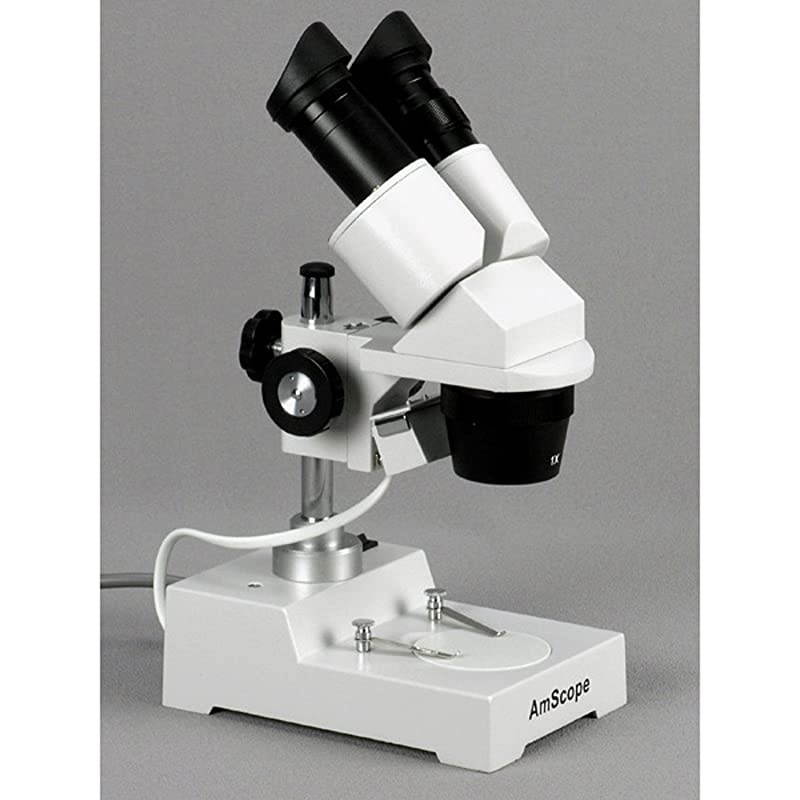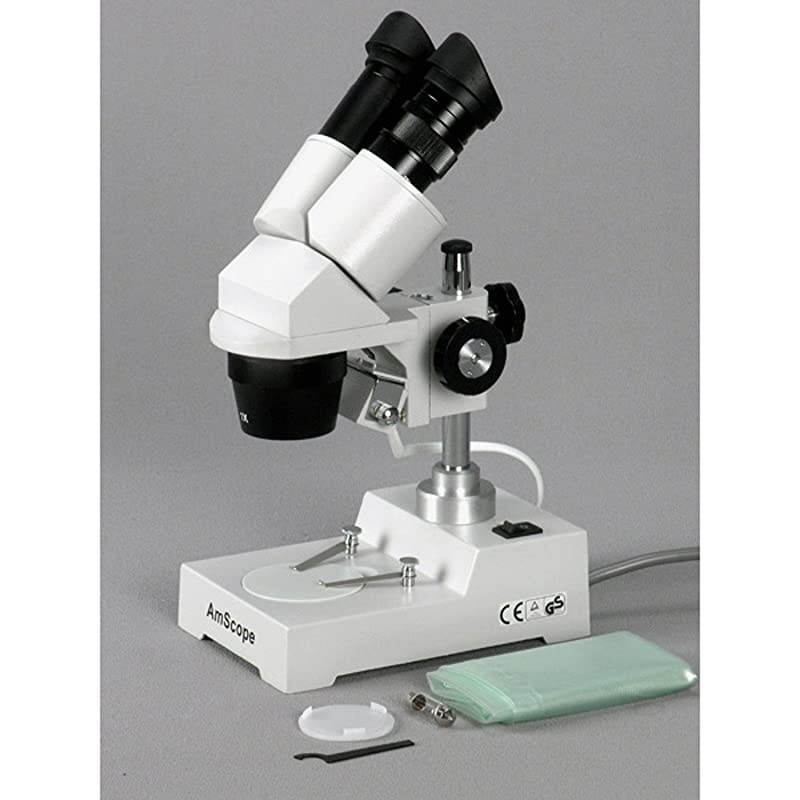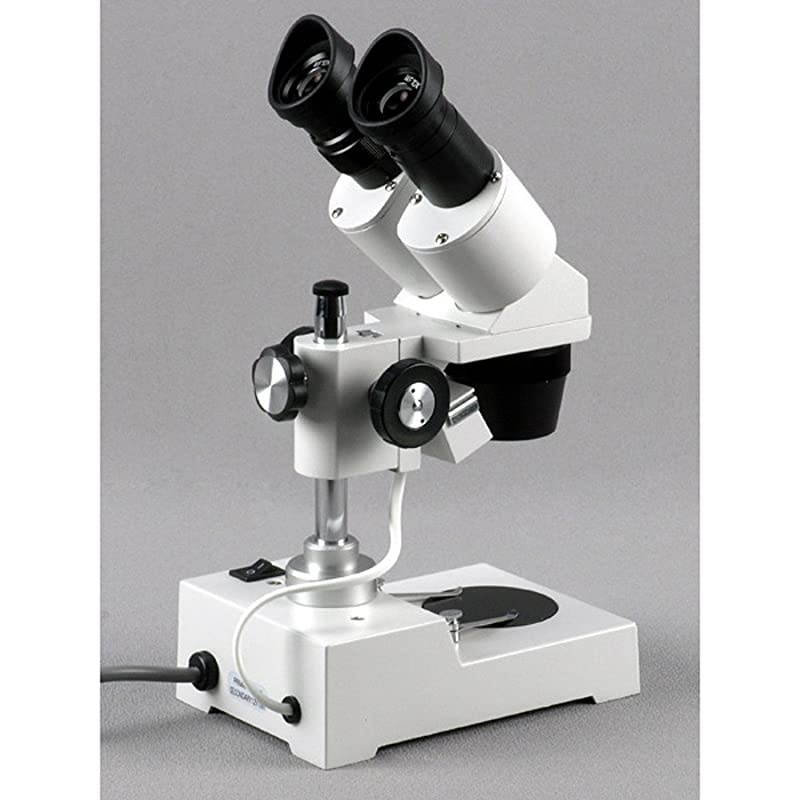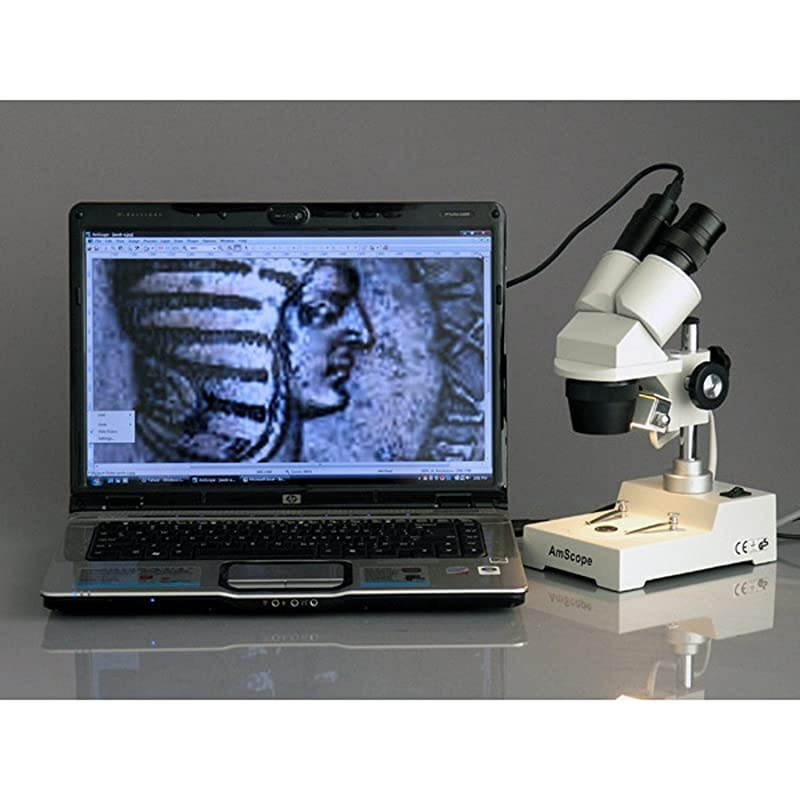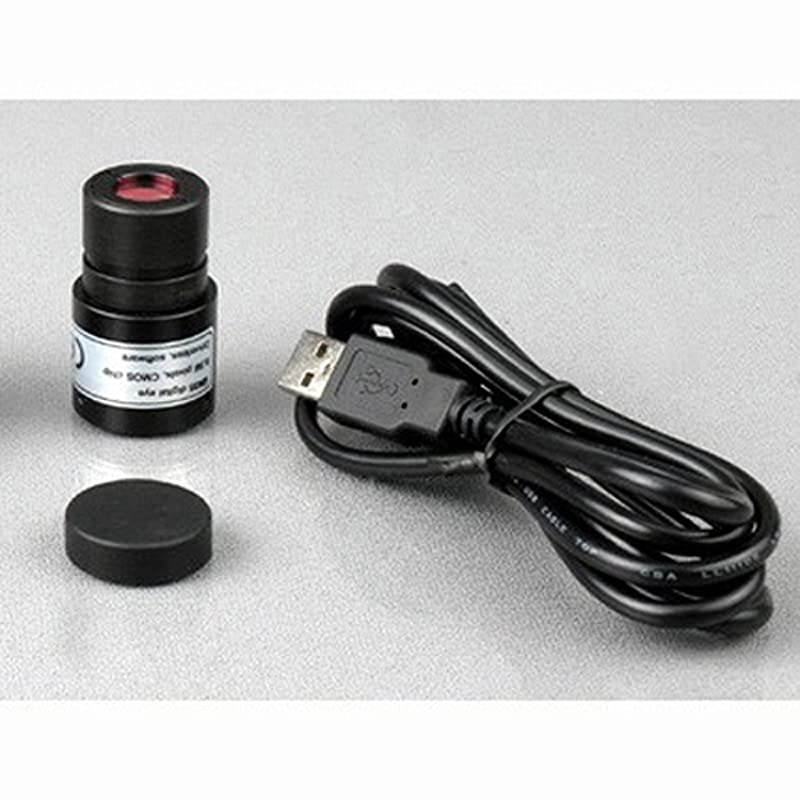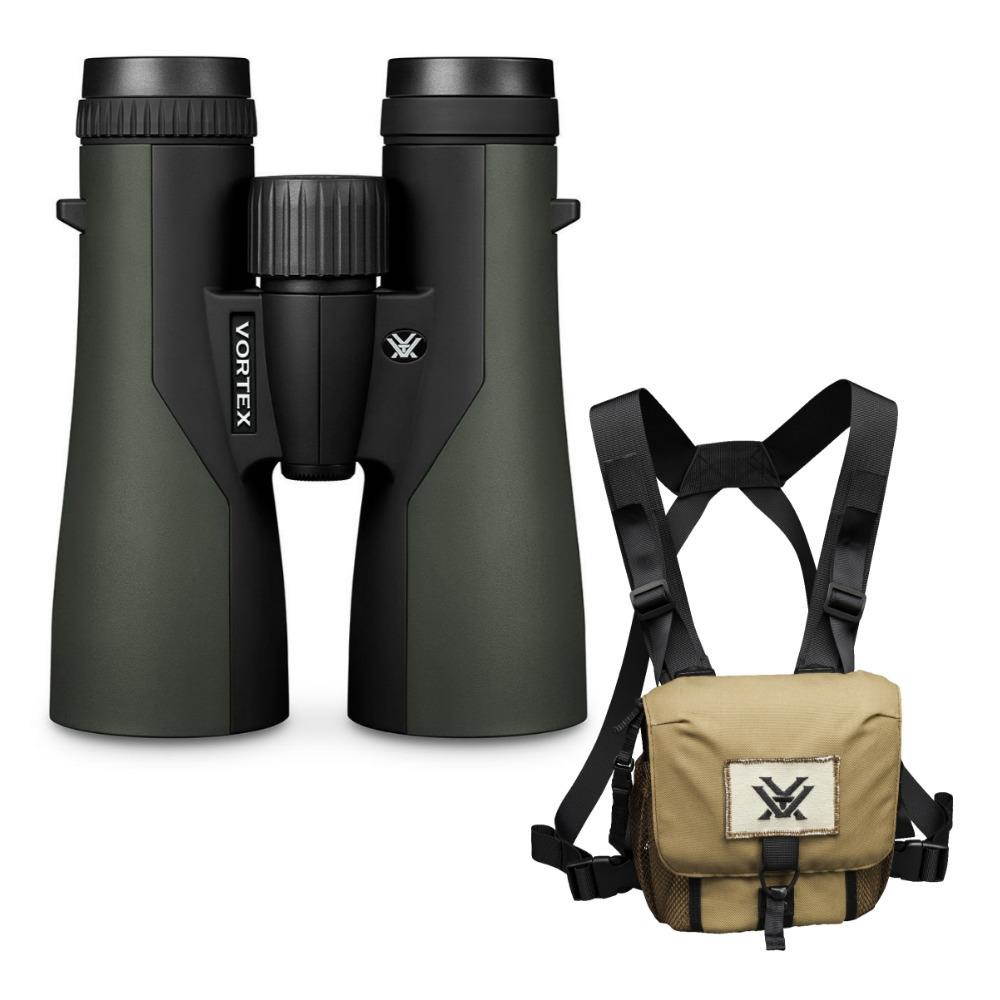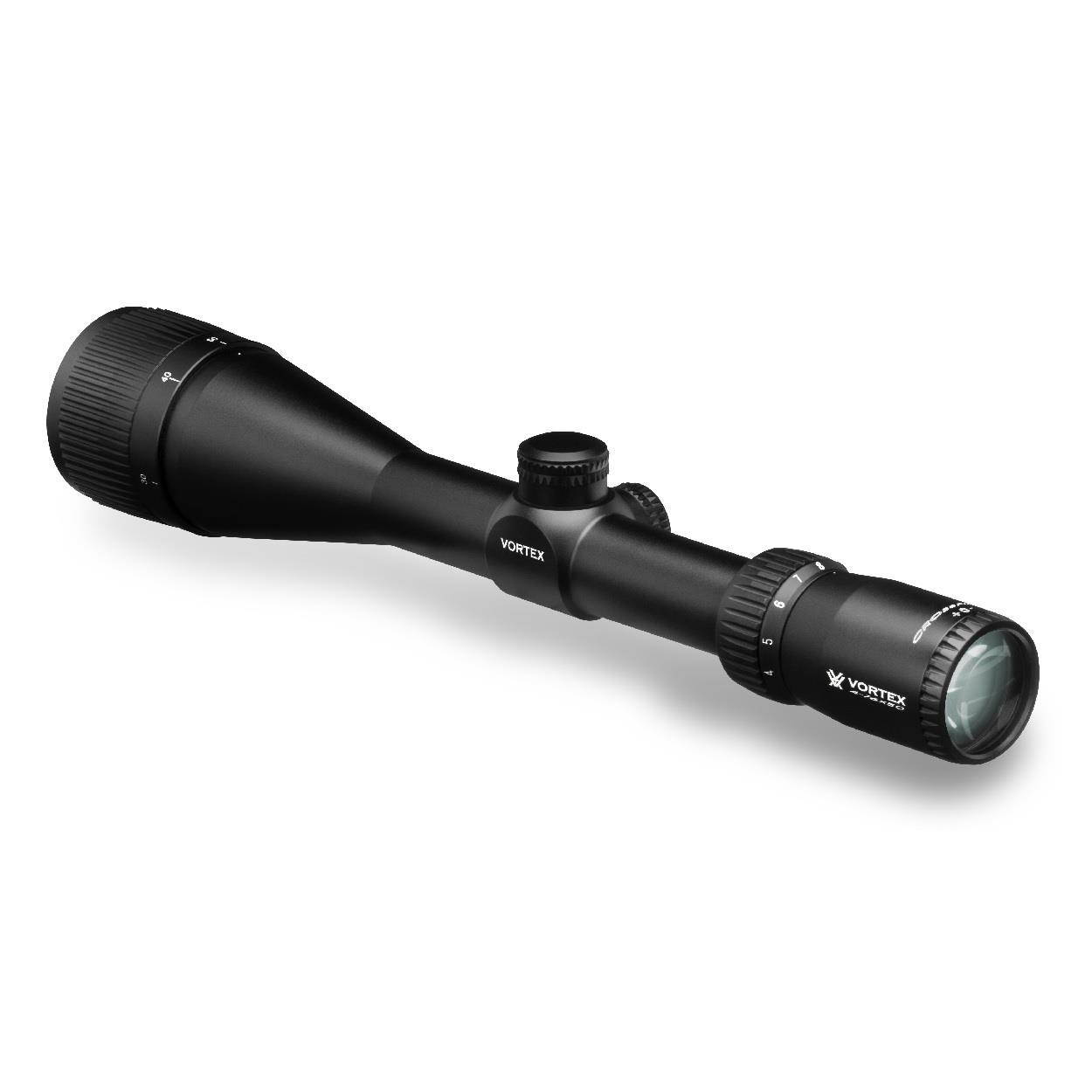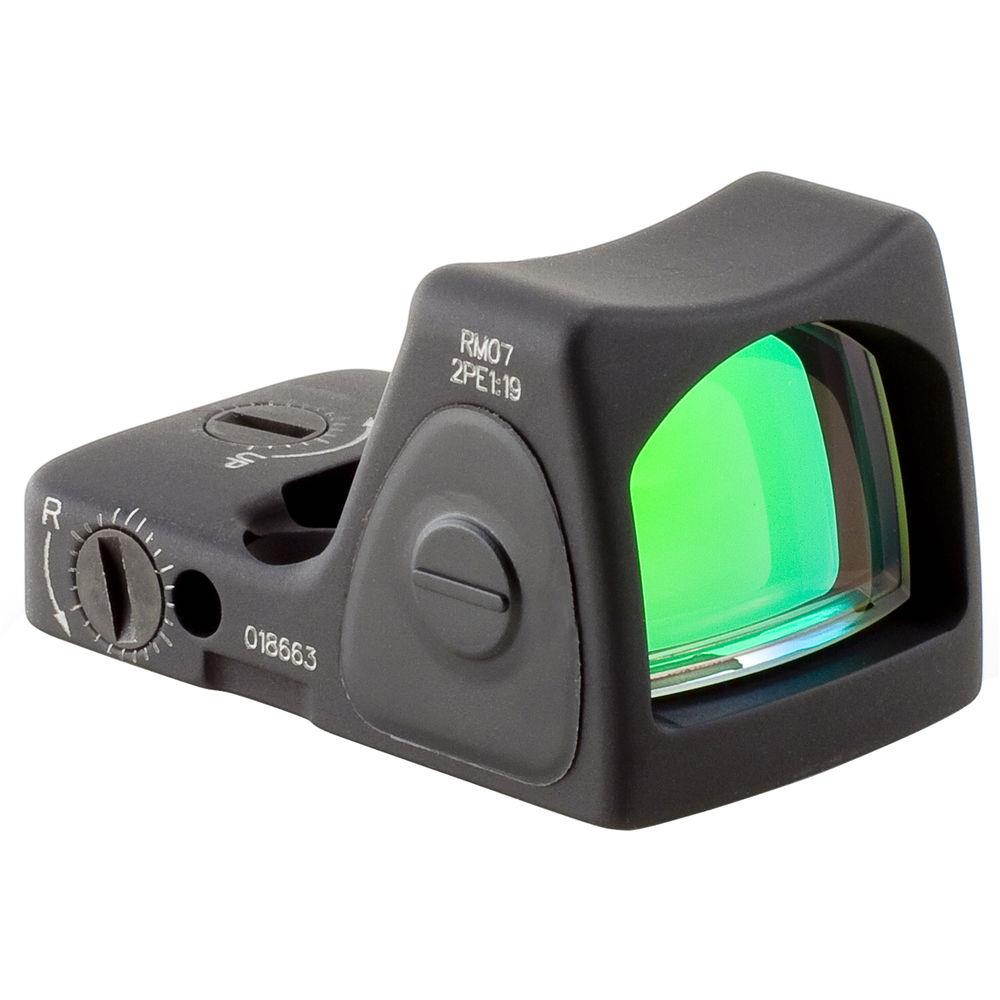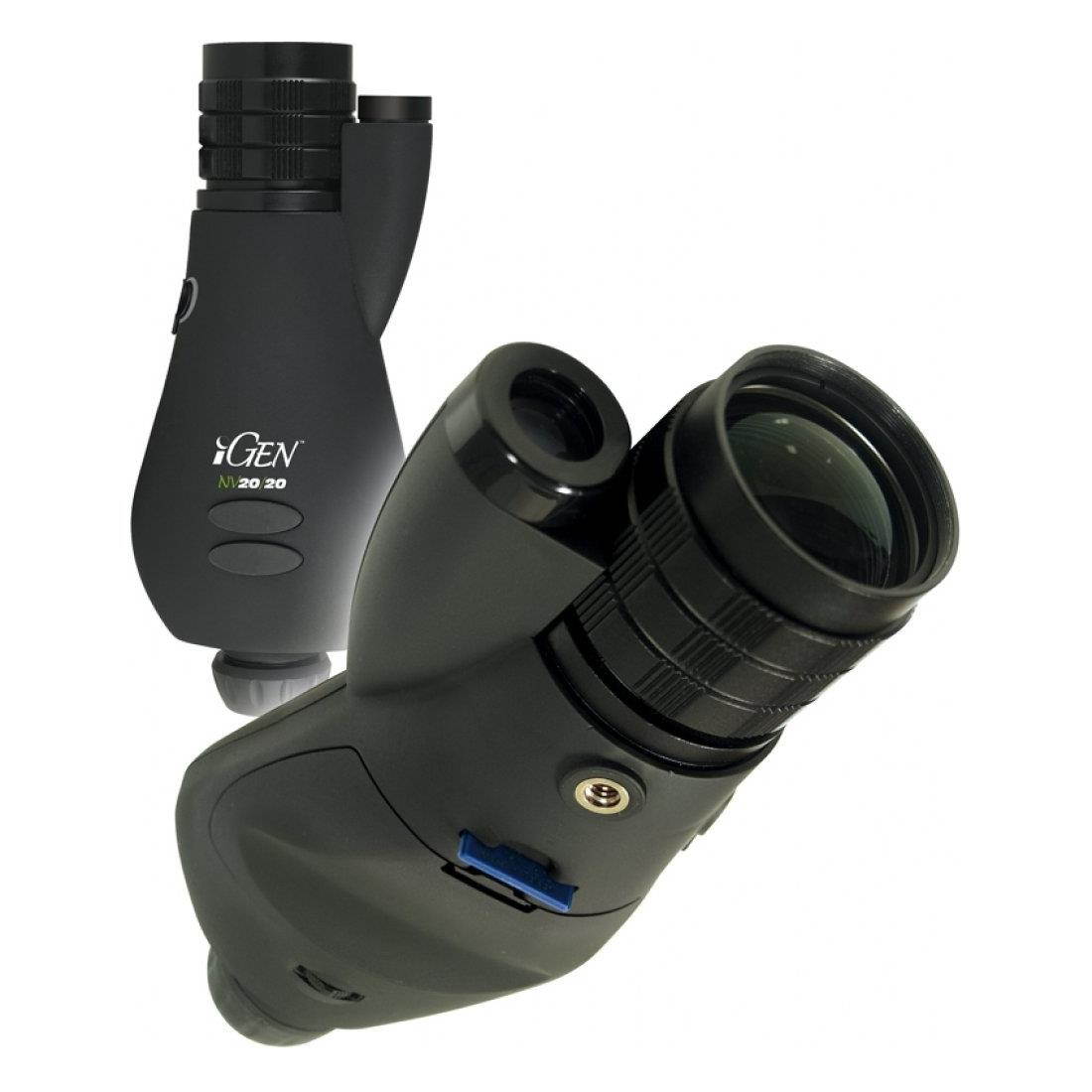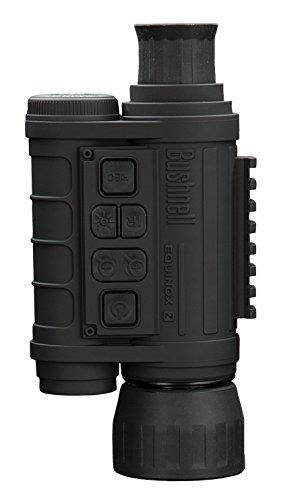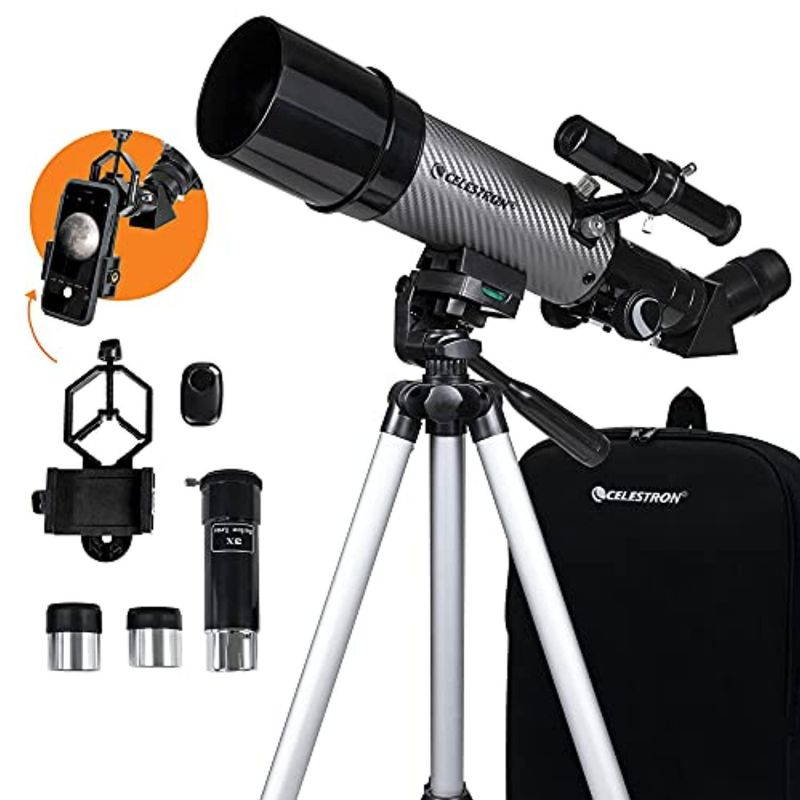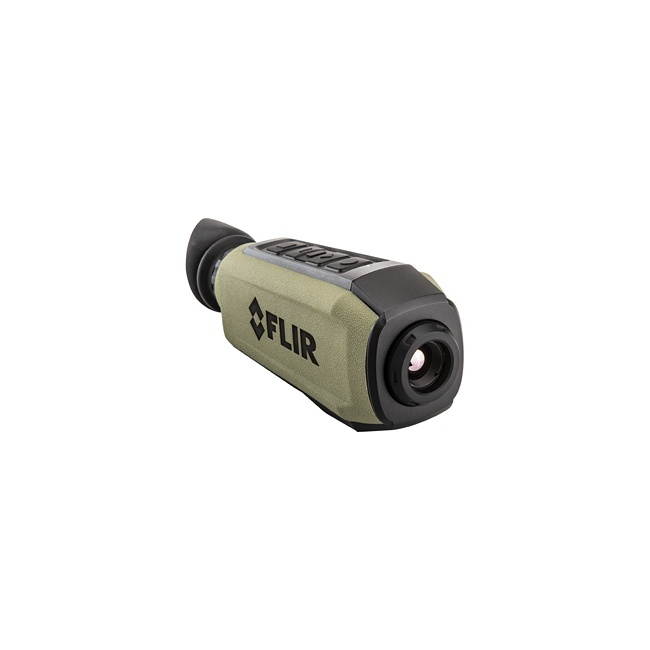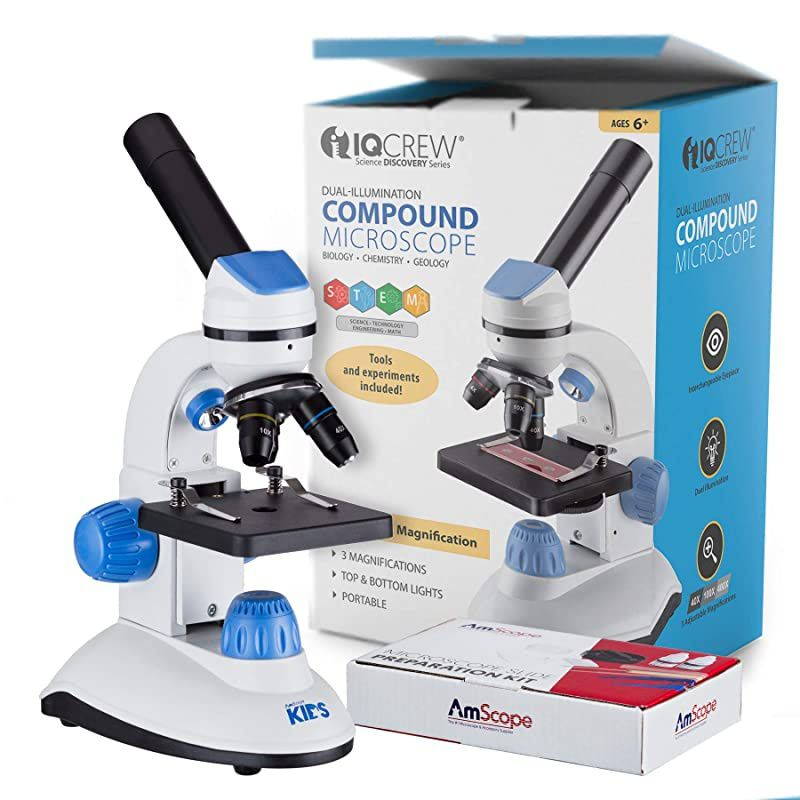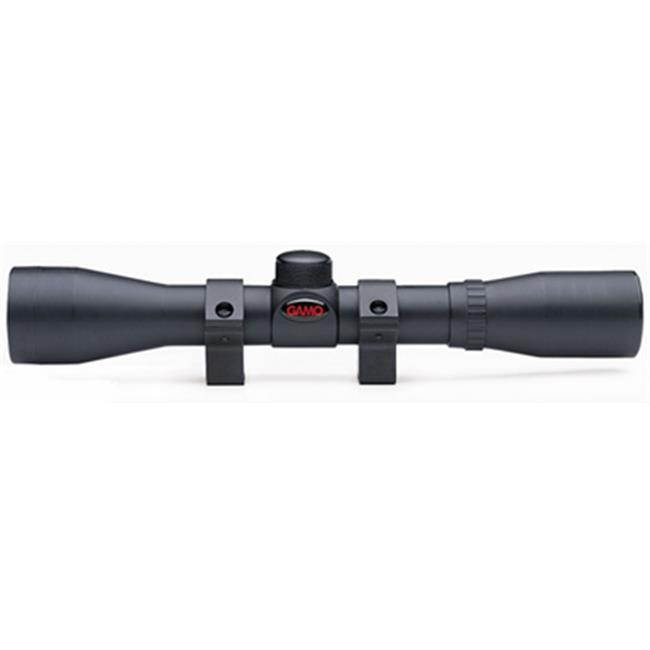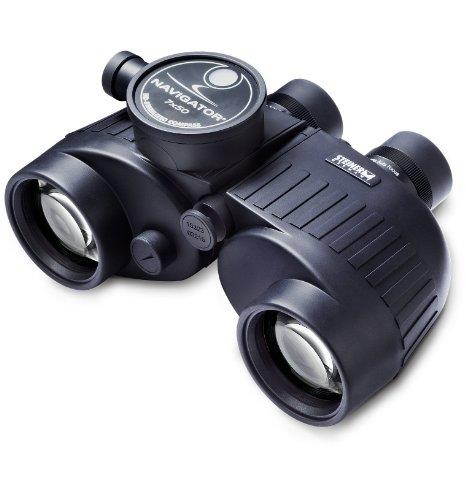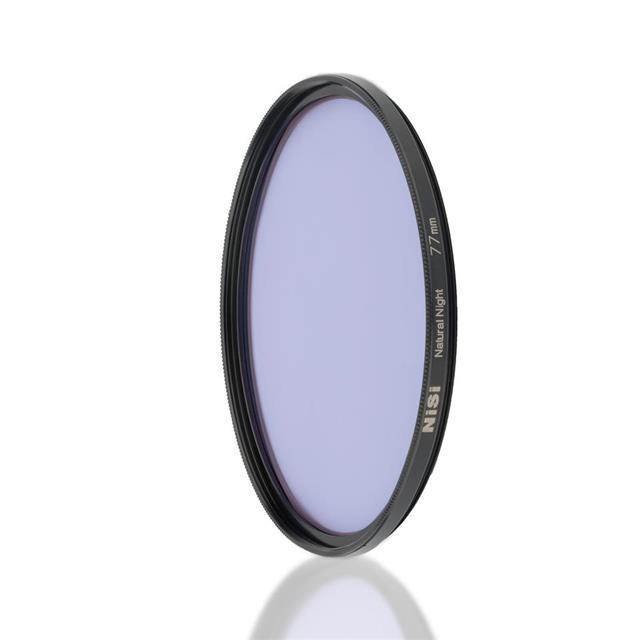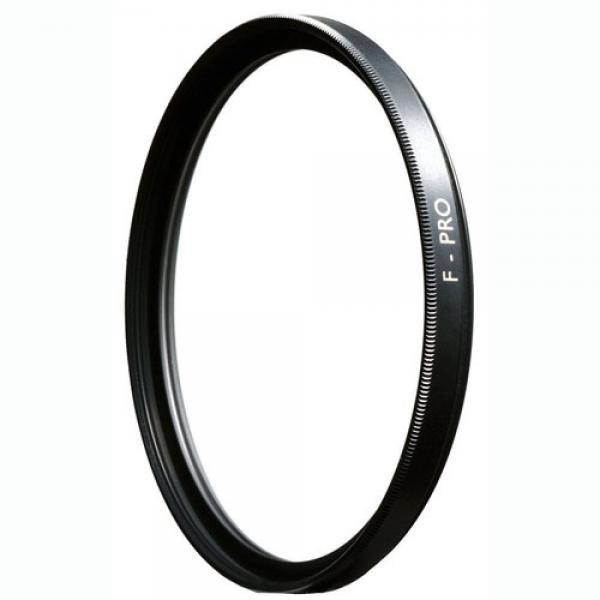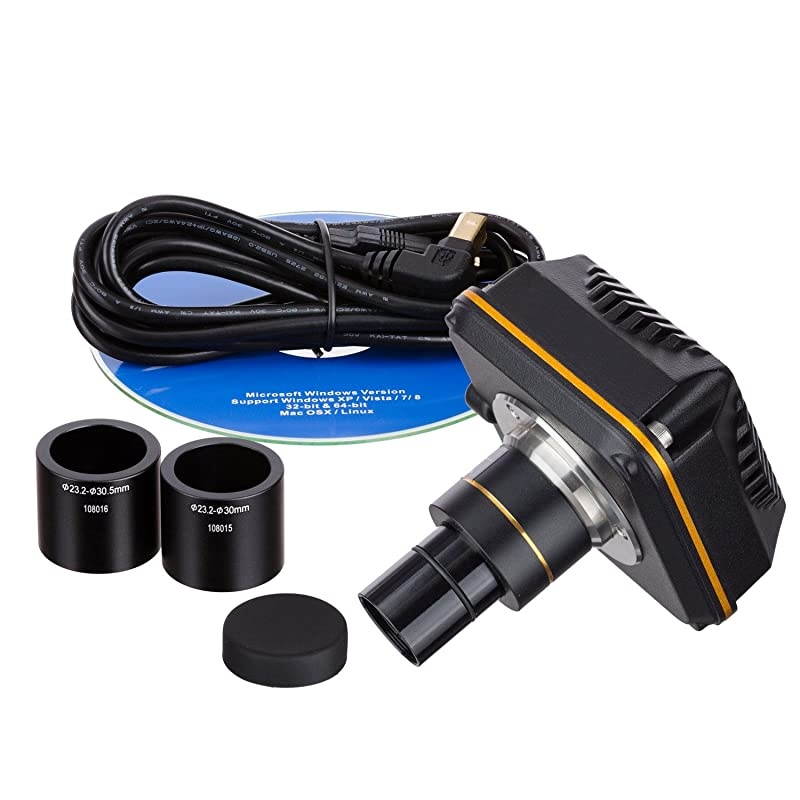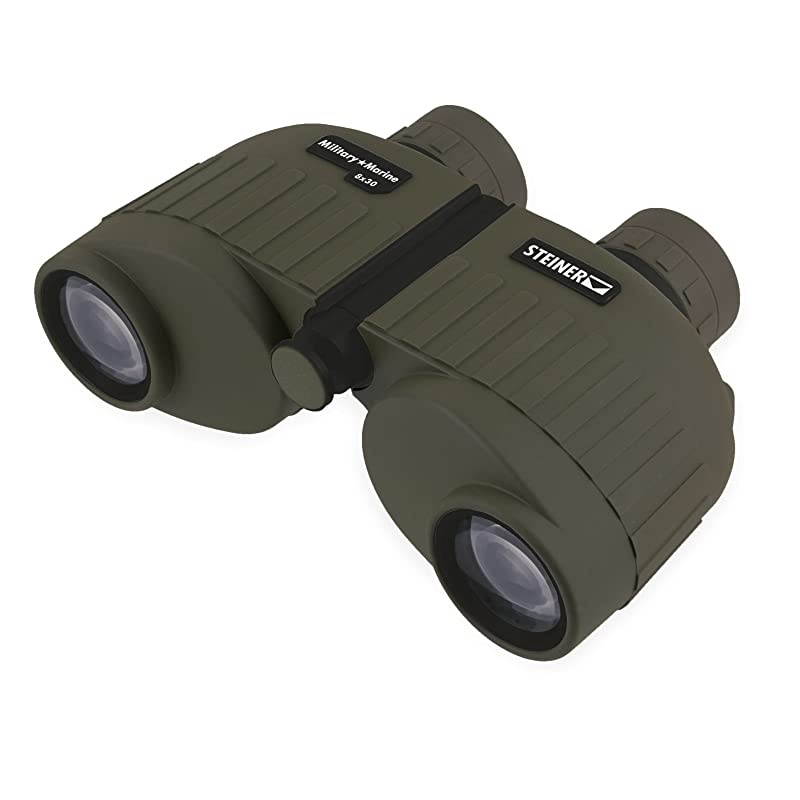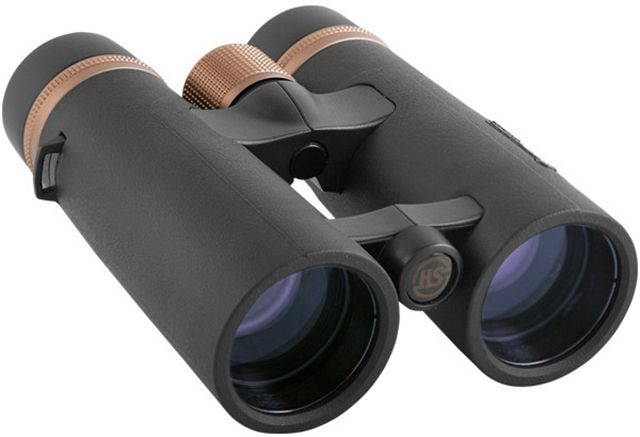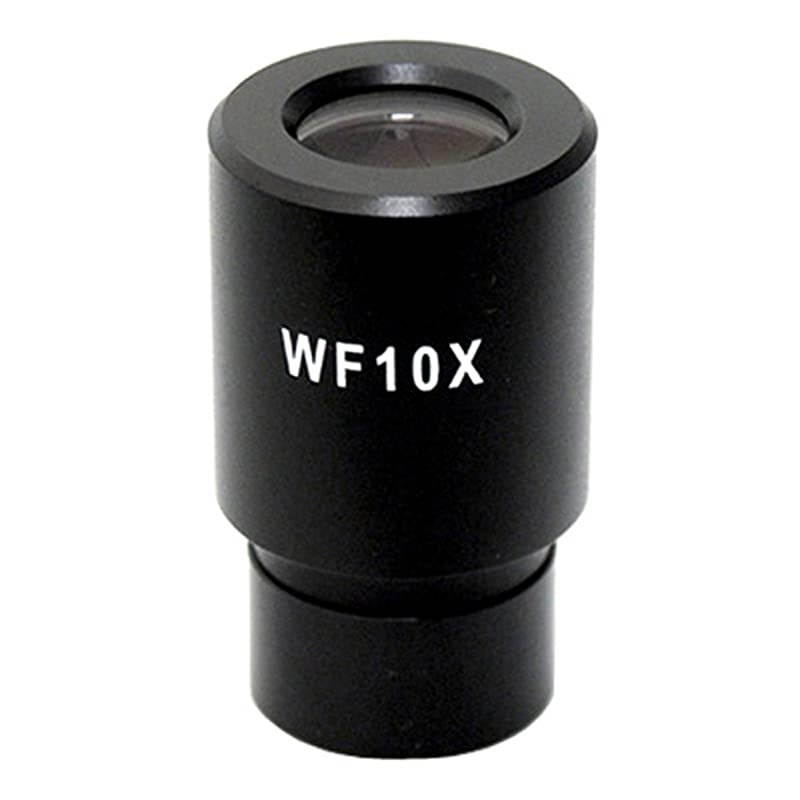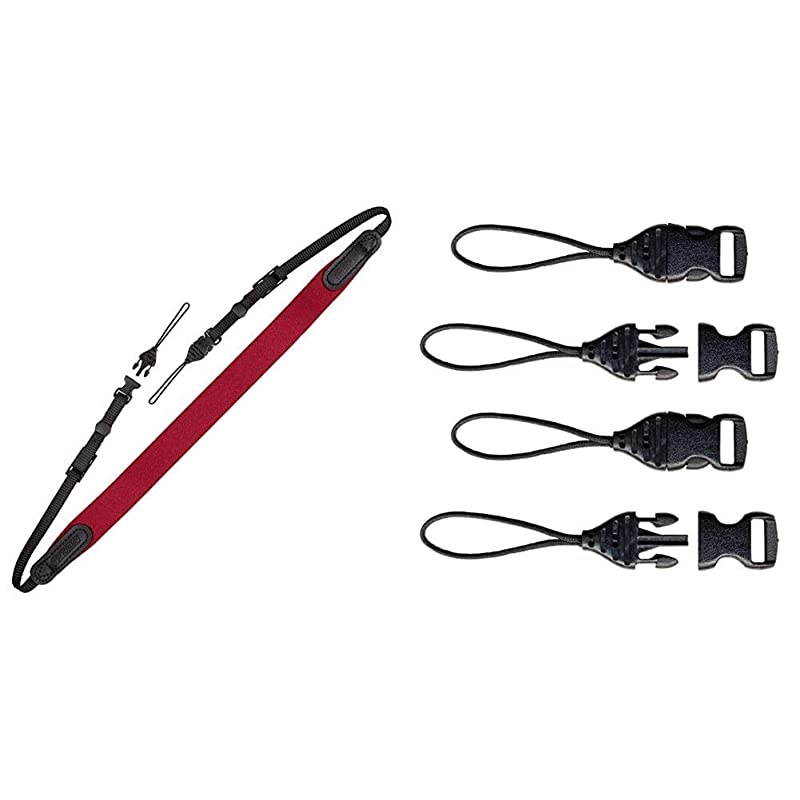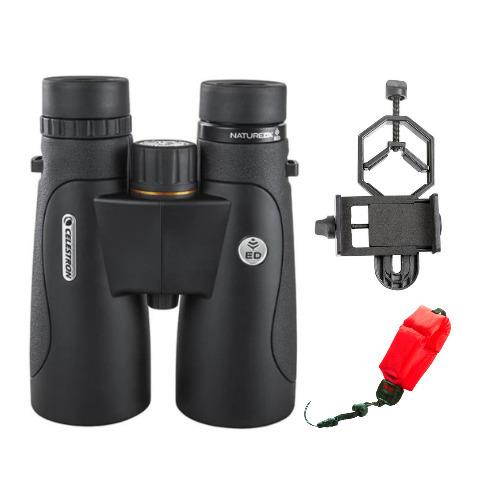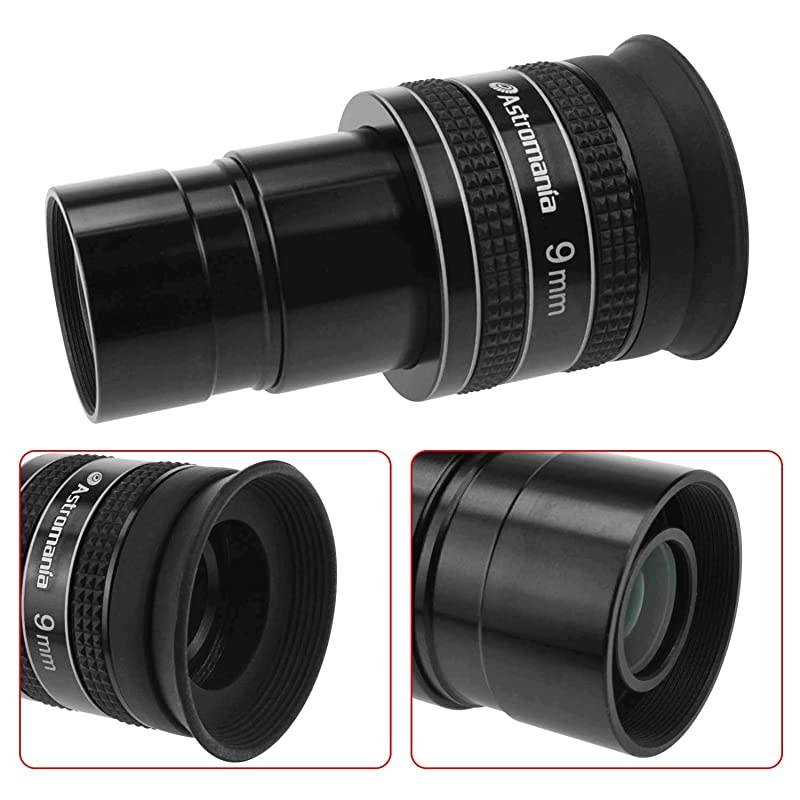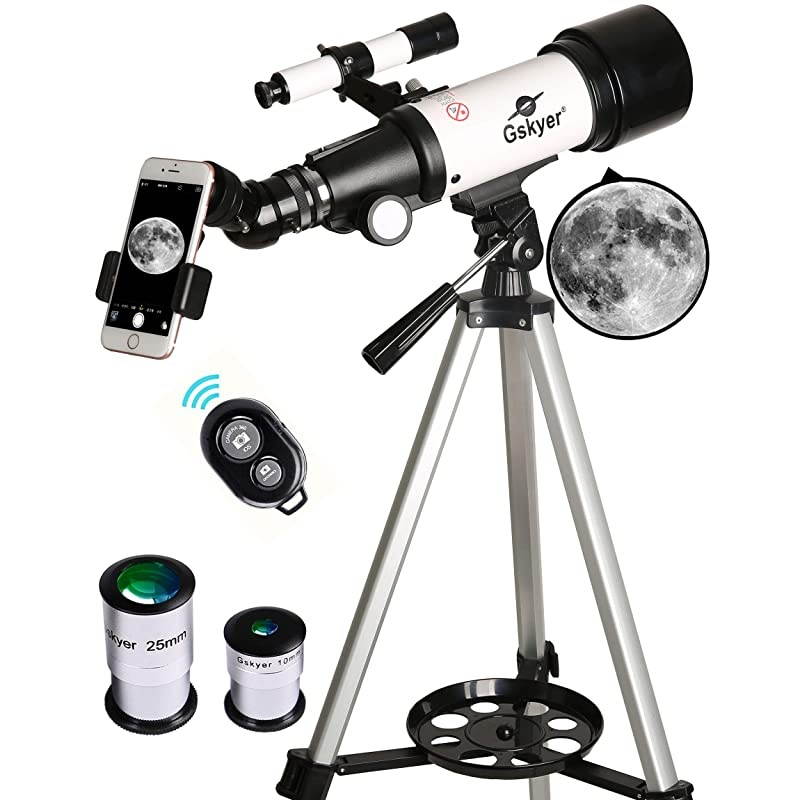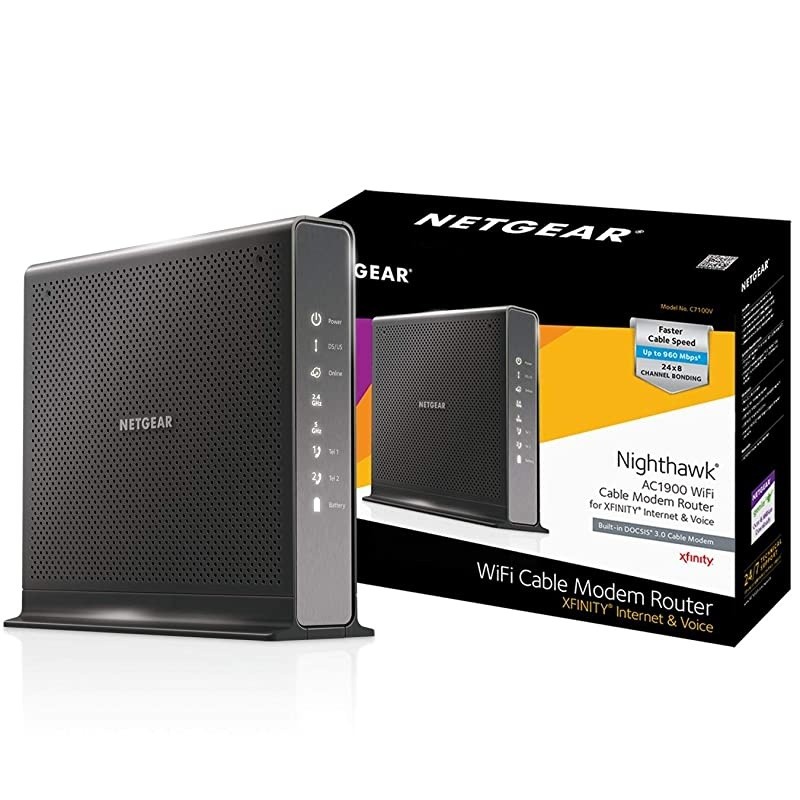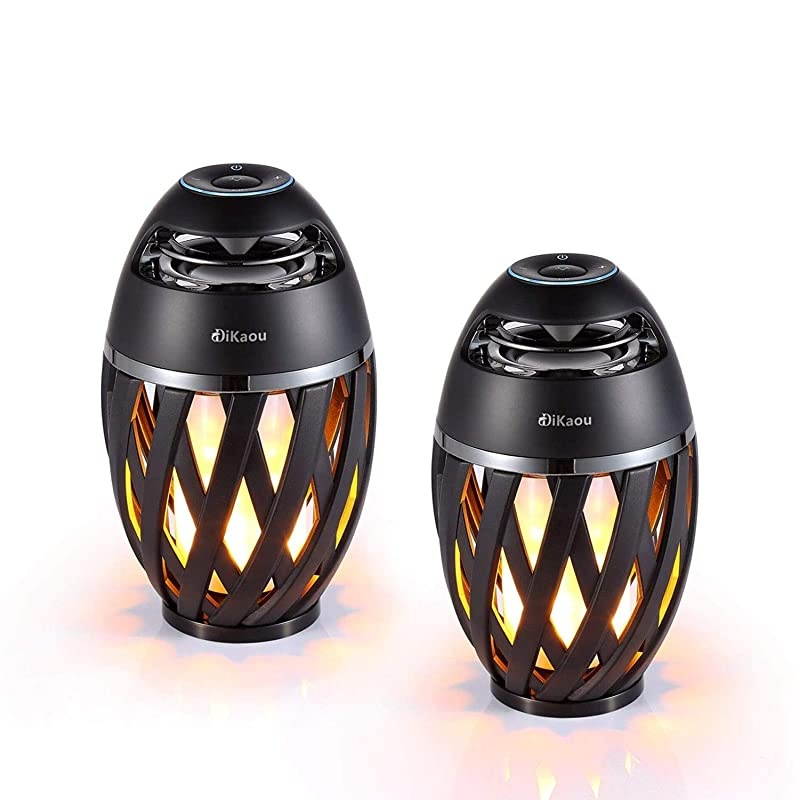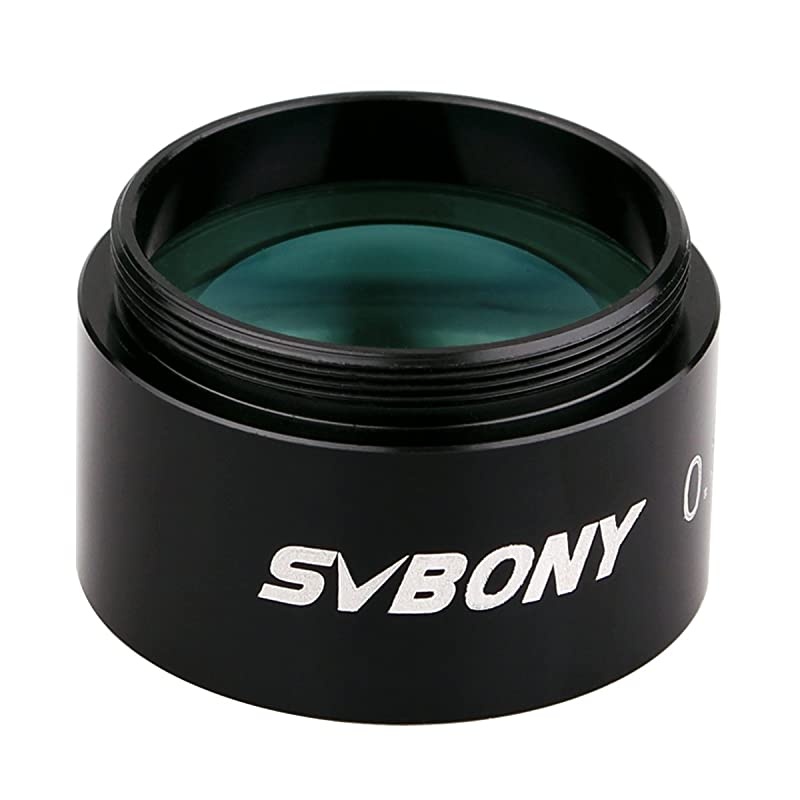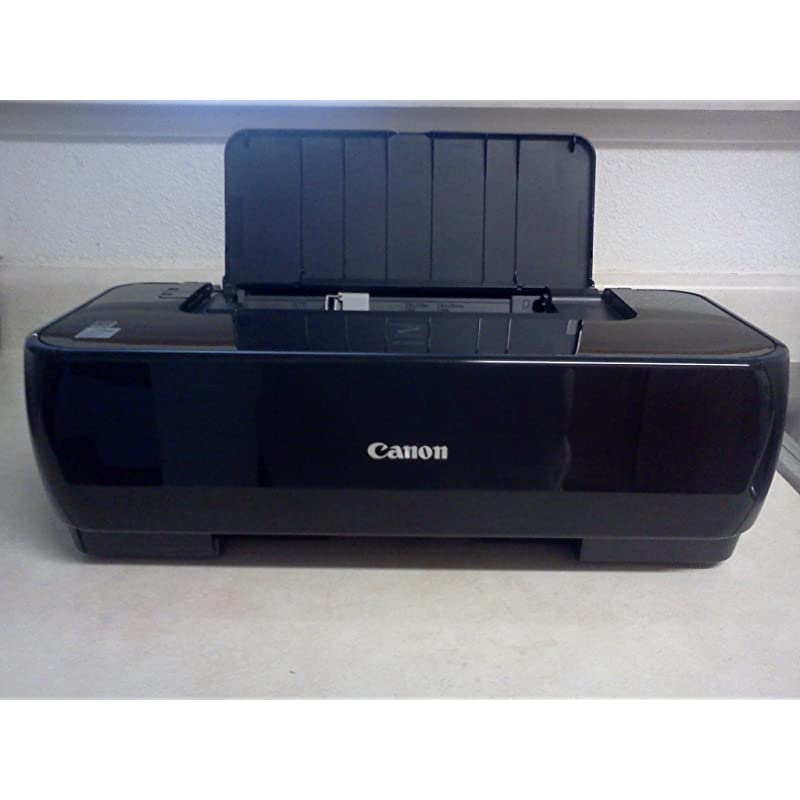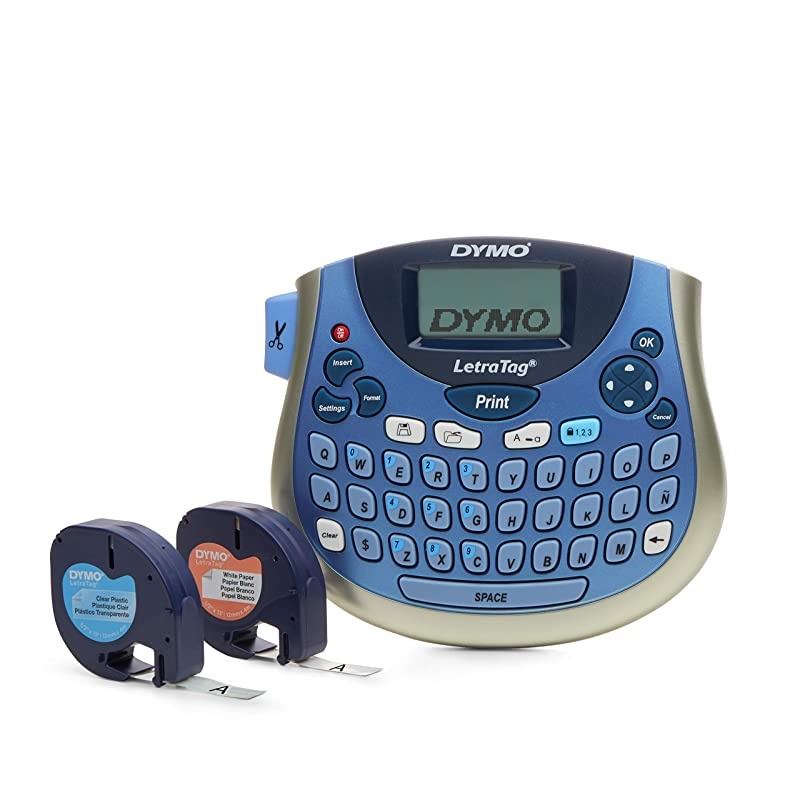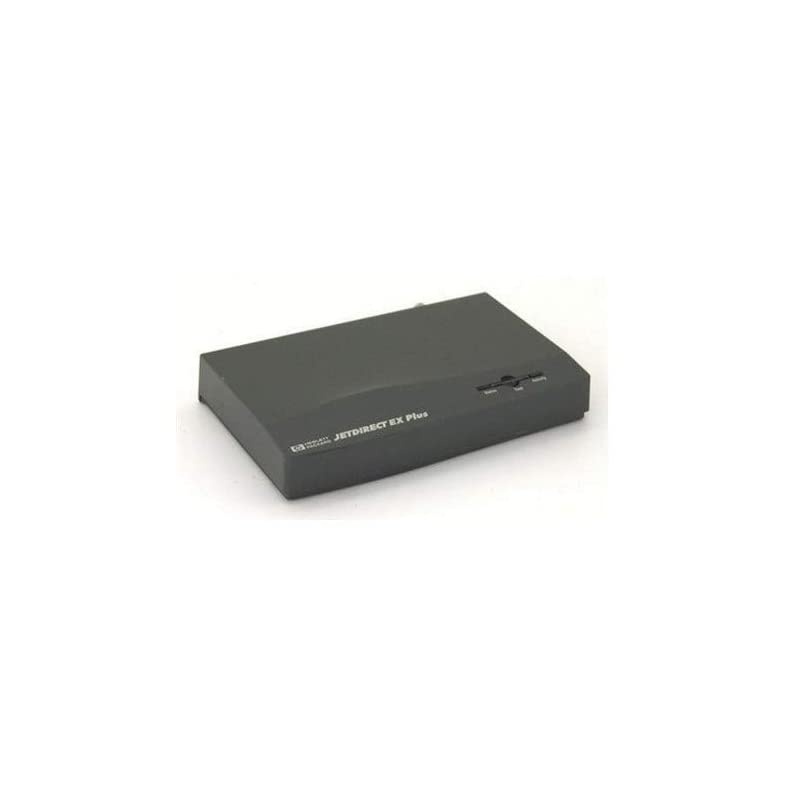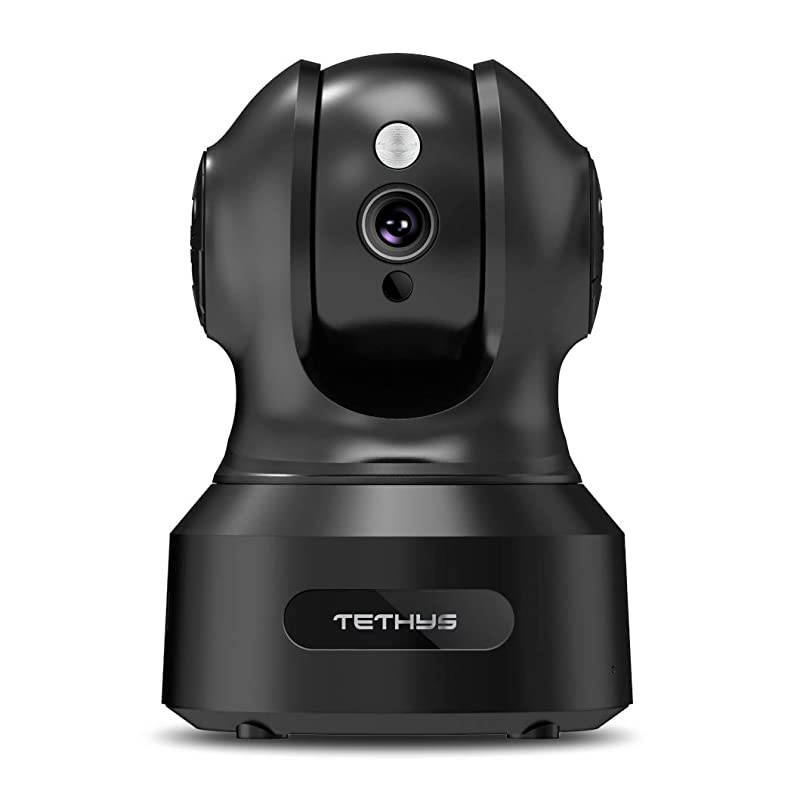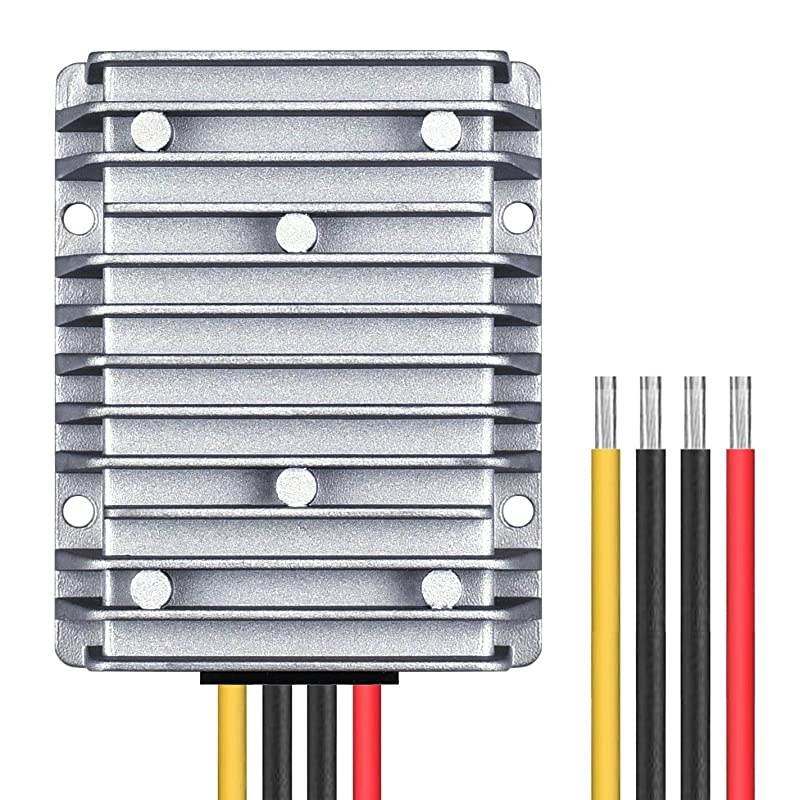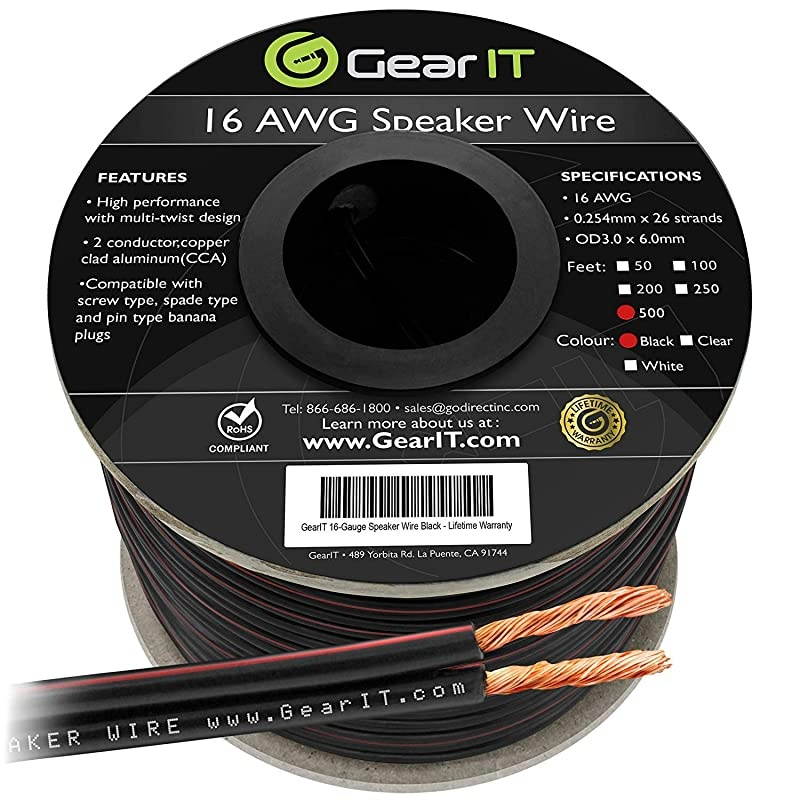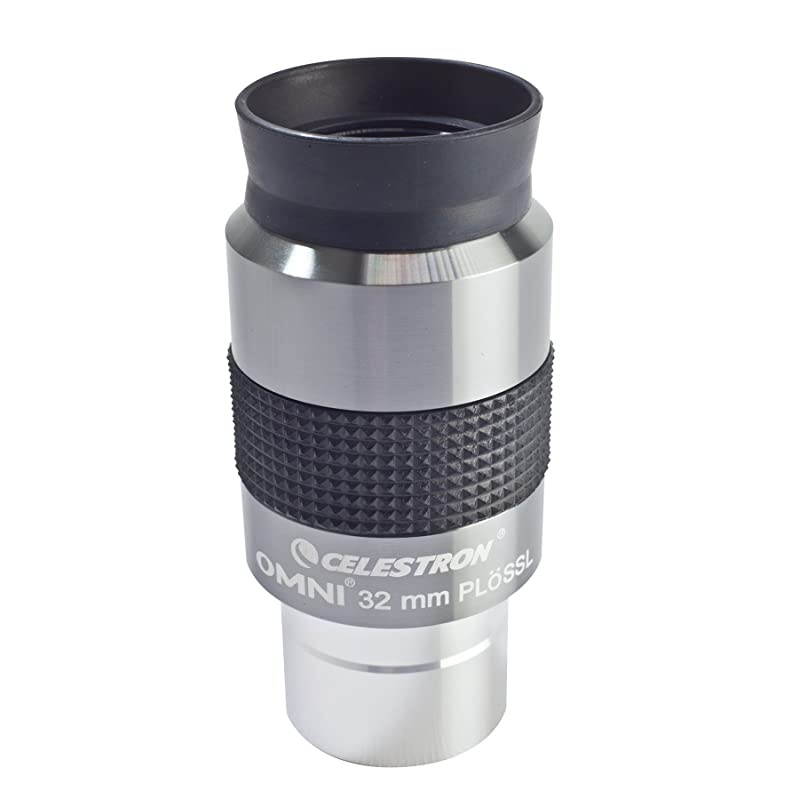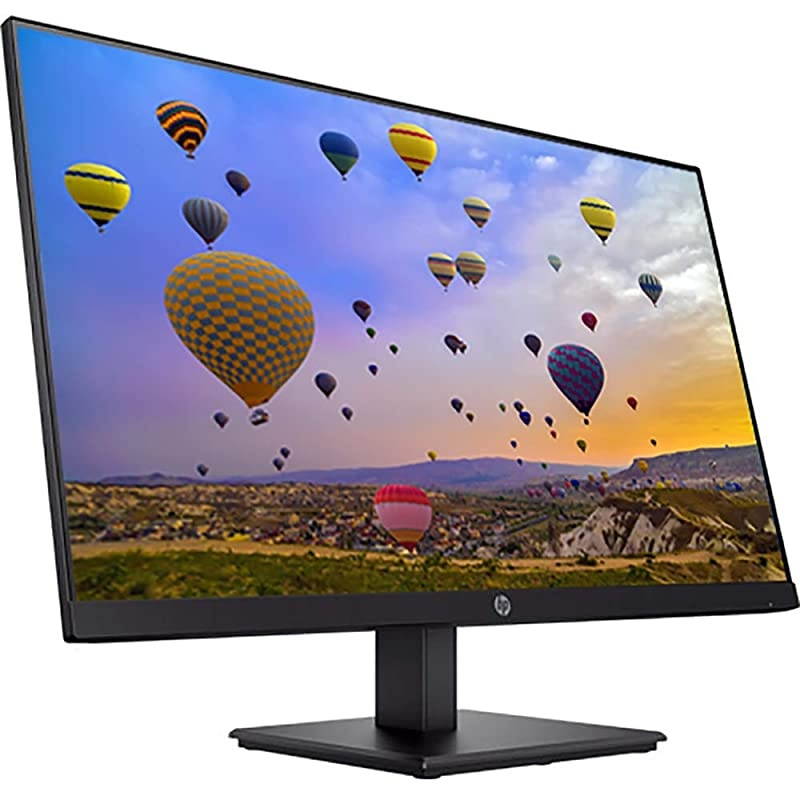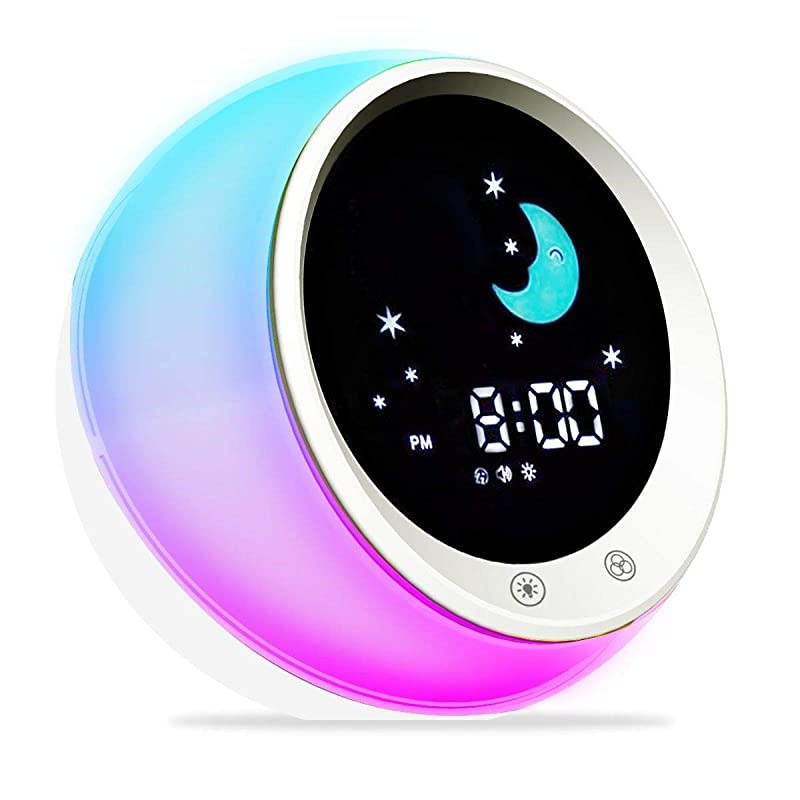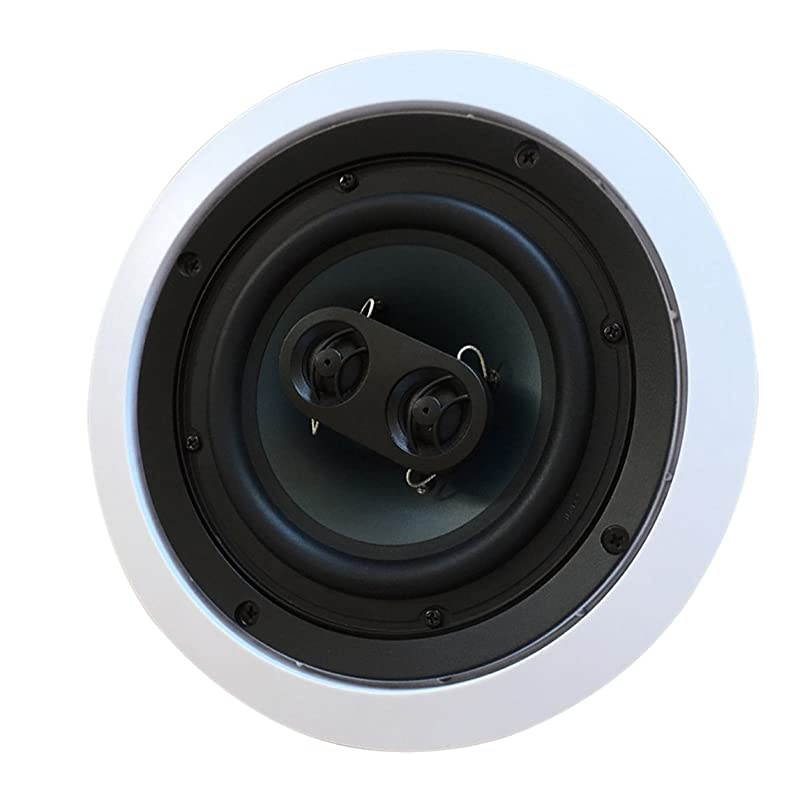Trusted shipping
Easy returns
Secure shopping
Buy SE303-P-E Digital Binocular Stereo Microscope, WF10x Eyepieces, 10X and 30X Magnification, 1X and 3X Objectives, Tungsten Lighting, Reversible Black/White Stage Plate, Pillar Stand, 110V, Includes 0. in United States - Cartnear.com
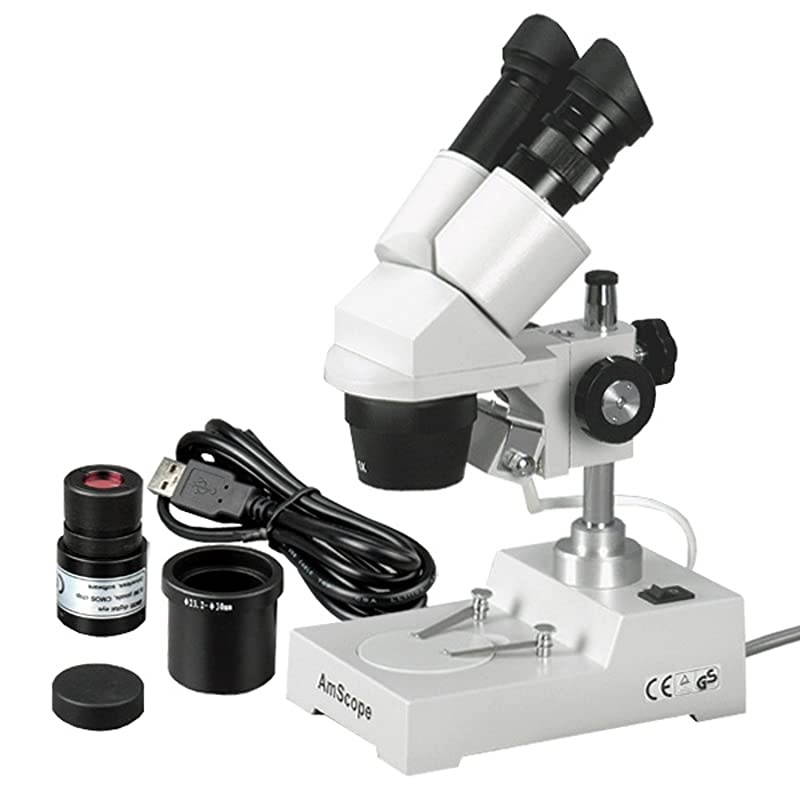
SE303-P-E Digital Binocular Stereo Microscope, WF10x Eyepieces, 10X and 30X Magnification, 1X and 3X Objectives, Tungsten Lighting, Reversible Black/White Stage Plate, Pillar Stand, 110V, Includes 0.
CTNR1457458 CTNR1457458FashionTIY
2027-01-03
/itm/se303-p-e-digital-binocular-stereo-microscope-wf10x-eyepieces-10x-and-30x-magnification-1x-and-3x-objectives-tungsten-lighting-reversible-blackwhite-stage-plate-pillar-stand-110v-includes-0-1457458
USD
272.84
$ 272.84 $ 278.41 2% Off
Item Added to Cart
customer
*Product availability is subject to suppliers inventory
SHIPPING ALL OVER UNITED STATES
100% MONEY BACK GUARANTEE
EASY 30 DAYSRETURNS & REFUNDS
24/7 CUSTOMER SUPPORT
TRUSTED AND SAFE WEBSITE
100% SECURE CHECKOUT
The SE303-P-E digital elementary stereo microscope has a pair of 10x18mm widefield eyepieces, 1x and 3x objectives, tungsten lighting, and a reversible black and white stage plate. The 0.3MP camera has a CMOS color sensor, image capture and editing software, and USB 2.0 output to capture or display still or video images on a computer or projector. The binocular viewing head has an interpupillary range of 55 to 75mm and a 45-degree inclination to ease viewing for young users. The WF10x18mm eyepieces combine with the 1x and 3x objectives to provide 10x and 30x magnification, and a longer working distance for inspecting large-scale specimens that require handling or repair.
The optical glass lenses provide sharp images, and are fully-coated to ensure high-resolution images. Dioptric adjustment accommodates individual eye-strength differences, and eye guards ensure comfortable viewing. A digital stereo microscope, sometimes called an inspection or dissection microscope, has low magnification and a long working distance that enables users to manipulate the object being inspected, and is used where image capture, detailed records, or documentation is required. The 0.3MP digital camera has a CMOS color sensor for displaying still microscopy images and streaming live videos to a computer or projector, and 40x magnification.
The camera can be mounted in any 23mm eye tube. The camera includes image capture and editing software that provides still image and live video capture and editing capability, including measurement functions. The software supports JPG, TIF, GIF, PSD, WMF, and BMP file formats and is compatible with Windows XP, Vista, 7, and 8; Mac OS X; and Linux. Camera drivers are compatible with Windows XP, Vista, 7, and 8; Mac OS X; and Linux. The software includes Windows APIs for native C/C++, C#, DirectShow, Twain, and LabVIEW that enable custom application development.
The camera has a USB 2.0 data port (cable included). The microscope has upper illumination. The 10W tungsten (incandescent) light source provides bright light. The pillar-style stand secures the head for precise focusing, and bilateral coarse focus eases use for left- and right-handed users. The stage has a reversible black and white stage plate that provides contrast with light- and dark-colored specimens, and stage clips that secure the specimen during viewing. The microscope has a 3-3/16" (81mm) working distance. All metal construction is durable and stain-resistant. Microscope SpecificationsHeadBinocularMagnification10x, 30xObjective power1x, 3xEyepieces (DIN, 30.5 mm)WF10x18mmWorking distance3-3/16" (81mm) FocusBilateral coarseMicroscope standPillar standStage plateReversible black/whiteIllumination typeUpper (incidental) Light sourceTungsten, 10WPower110V, UL listedCamera SpecificationsResolution 0.3MP (640 x 480 effective pixels) Image typeStill image and video display and captureCamera typeBrightfieldCamera sensorCMOS (color) Magnification40xReduction lensNoneMounting size23mmComputer connectionUSB 2.0F ile formatsJPG, TIF, GIF, PSD, WMF, BMPSoftware packageImage capture and editing for Windows XP, Vista, 7, and 8; Mac OS X; and LinuxCamera driver compatibilityWindows XP, Vista, 7, and 8; Mac OS X; and LinuxMicroscopes are instruments used to enhance the resolution of an object or image.
Types include compound, stereo, or digital. Compound microscopes use a compound optical system with an objective lens and an eyepiece. Stereo microscopes show object depth in a three-dimensional image. Digital microscopes are used to display an image on a monitor, rather than looking through a lens. Microscopes can have monocular (one), binocular (two), or trinocular (three) eyepieces, with varying magnification abilities. Magnification ability refers to the size of an image. Resolution, also known as resolvant power, refers to the clarity of the image. The interaction between field of view (FOV), numerical aperture (NA), and working distance (WD) determines resolution.
Mic
The optical glass lenses provide sharp images, and are fully-coated to ensure high-resolution images. Dioptric adjustment accommodates individual eye-strength differences, and eye guards ensure comfortable viewing. A digital stereo microscope, sometimes called an inspection or dissection microscope, has low magnification and a long working distance that enables users to manipulate the object being inspected, and is used where image capture, detailed records, or documentation is required. The 0.3MP digital camera has a CMOS color sensor for displaying still microscopy images and streaming live videos to a computer or projector, and 40x magnification.
The camera can be mounted in any 23mm eye tube. The camera includes image capture and editing software that provides still image and live video capture and editing capability, including measurement functions. The software supports JPG, TIF, GIF, PSD, WMF, and BMP file formats and is compatible with Windows XP, Vista, 7, and 8; Mac OS X; and Linux. Camera drivers are compatible with Windows XP, Vista, 7, and 8; Mac OS X; and Linux. The software includes Windows APIs for native C/C++, C#, DirectShow, Twain, and LabVIEW that enable custom application development.
The camera has a USB 2.0 data port (cable included). The microscope has upper illumination. The 10W tungsten (incandescent) light source provides bright light. The pillar-style stand secures the head for precise focusing, and bilateral coarse focus eases use for left- and right-handed users. The stage has a reversible black and white stage plate that provides contrast with light- and dark-colored specimens, and stage clips that secure the specimen during viewing. The microscope has a 3-3/16" (81mm) working distance. All metal construction is durable and stain-resistant. Microscope SpecificationsHeadBinocularMagnification10x, 30xObjective power1x, 3xEyepieces (DIN, 30.5 mm)WF10x18mmWorking distance3-3/16" (81mm) FocusBilateral coarseMicroscope standPillar standStage plateReversible black/whiteIllumination typeUpper (incidental) Light sourceTungsten, 10WPower110V, UL listedCamera SpecificationsResolution 0.3MP (640 x 480 effective pixels) Image typeStill image and video display and captureCamera typeBrightfieldCamera sensorCMOS (color) Magnification40xReduction lensNoneMounting size23mmComputer connectionUSB 2.0F ile formatsJPG, TIF, GIF, PSD, WMF, BMPSoftware packageImage capture and editing for Windows XP, Vista, 7, and 8; Mac OS X; and LinuxCamera driver compatibilityWindows XP, Vista, 7, and 8; Mac OS X; and LinuxMicroscopes are instruments used to enhance the resolution of an object or image.
Types include compound, stereo, or digital. Compound microscopes use a compound optical system with an objective lens and an eyepiece. Stereo microscopes show object depth in a three-dimensional image. Digital microscopes are used to display an image on a monitor, rather than looking through a lens. Microscopes can have monocular (one), binocular (two), or trinocular (three) eyepieces, with varying magnification abilities. Magnification ability refers to the size of an image. Resolution, also known as resolvant power, refers to the clarity of the image. The interaction between field of view (FOV), numerical aperture (NA), and working distance (WD) determines resolution.
Mic

